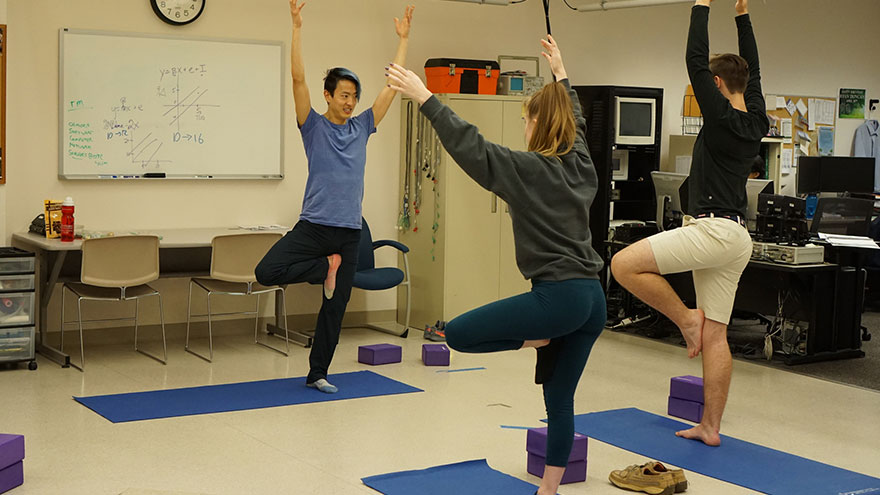What Is a Work Hardening Physical Therapy Program?
If you sustain an injury at work that makes you unable to perform your job, your employer will place you on a workers’ compensation program. Initially, you may have physician-directed rest and time off work.
However, as you recover, you may require work hardening physical therapy to restore your physical strength and facilitate your safe, effective return to work. The first step to physical therapy is an assessment of your condition.

Assessment Methods
Work hardening evaluations vary drastically from therapist to therapist. The evaluation typically lasts 30 to 60 minutes, but some companies require eight-hour evaluations to accurately assess limitations and disabilities.
Be as honest as possible with your therapist during a work hardening evaluation. Many therapists add “false negative” or “false positive” tests into their evaluations. These tests examine the same movement in apparently different ways to make sure the patient isn’t trying to falsify the results. These special tests prevent worker’s compensation fraud because the therapist can tell if the patient is faking pain or isn’t trying very hard.
Treatment and Activities
Work hardening physical therapy is often repetitive in nature. Ask your therapist for an explanation of any activity that seems irrelevant, as all activities should have a direct relationship to the physical requirements of your job.
Possible activities include picking up and carrying weighted boxes, standing or squatting for extended periods of time or fine motor activities, such as screwing nuts onto bolts.
Statement of Goals
Your employer must submit a detailed description of the physical requirements of your job with your workers’ compensation documents. These details include the amount of weight that you must be able to lift off the floor, the distance that you must be able to carry the weight and the length of time a worker in your position spends standing, sitting, squatting or kneeling.
Your physical or occupational therapist will help enable you to meet these physical requirements. Once you meet these goals, your therapists and doctors will recommend that you return to work.
You Might Also Like :: Pros & Cons of Time Clocks

